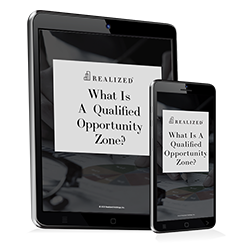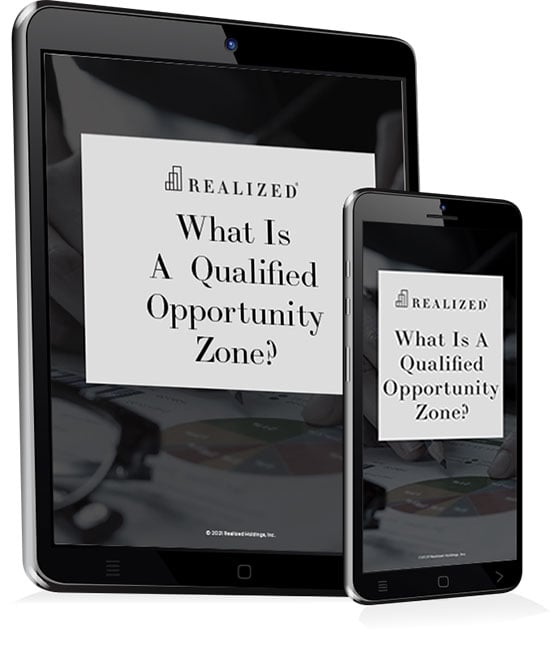Now that Qualified Opportunity Zone (QOZ) regulations are getting finalized, investments are beginning to pick up steam, and QOZ funds are generally mirroring non-QOZ real estate development funds. A report from Novogradec shows, as of the beginning of January, that QOZ funds have raised more than $6.7 billion, which is a 50% increase from just a month ago.
Residential and commercial are the top two categories with total funds raised coming in at $4.6 billion and $4.5 billion, respectively. This dwarfs the third-largest category, hospitality, with only $1.6 billion raised. Because many funds are investing in multiple categories, the increase in funds is not isolated to specific funds.
Many funds are diversifying across categories and geographic areas, which can be described as multi-asset/city funds.
Multi-Asset/City Focus
QOZ fund composition is generally in-line with development trends around the country. Approximately 52% of the QOZ funds tracked by Novogradac include projects in multiple markets, and approximately 75% of funds have more than one project. Funds are targeting high-growth metro markets, with a focus on multifamily. A PWC 2019 real estate trends report found that developers are focused on growth areas rather than gateway markets, a trend that QOZ funds are exhibiting as well.
Some of the most desirable markets for development are referred to as “18-hour cities,” which are becoming popular alternatives to the “24-hour cities” (NYC, Boston, LA, Chicago, D.C., San Francisco) because of above-average population growth and lower cost of living. Examples of these 18-hour cities include Denver, Austin, Nashville, Portland, and Raleigh-Durham. Numerous QOZ funds have projects located in these and other 18-hour cities.
A December 2019 Cushman & Wakefield report found that, from 2015 to 2018, Denver and Austin experienced the largest average annual percentage increases in multifamily inventory at 3.4% and 4.0%, respectively. However, deliveries were not outsized relative to existing inventory. Over the past five years, renter households have been around the 40% mark in markets such as Boston, Dallas, Miami, and Seattle, and as high as 52% in Los Angeles. Additionally, renter households with over $100k in income have nearly doubled from 2009 to 2019.
QOZ Funds Keeping Up With Trends
QOZ Funds tracked by Novogradac that have at least a partial focus on multifamily or residential projects have raised 69% of the total equity invested to date. Office properties are the second most common asset class in QOZ funds, followed by mixed-use projects. Many funds are focused on pure real estate investments, although some want to combine real estate with support for local entrepreneurs.
Who’s launching QOZ funds? This is a broad and diverse group that includes local developers, equity funds, social impact funds, and large asset managers (e.g., Goldman Sachs, PNC Financial Services Group, Starwood, and Brookfield).
Some headwinds developers face include rising construction costs, declines for Class A multifamily, and land scarcity. However, occupancy demand is expected to remain sustainable. According to the St. Louis FED, the 2020 U.S. economy may lend a hand to continued real estate growth with a possible 2% plus GDP, which would keep it in-line with 2019’s growth, assuming trade disputes continue to diminish and global growth picks up.
While the amount of equity raised to date is still below initial expectations, investment activity is starting to pick up the pace. Ultimately, the tax benefits of the QOZ program can make a good investment opportunity even better, but it can’t make a bad one into a good one. The logical conclusion is, the numbers have to make sense from an investment standpoint — which is why the funds targeting real estate investments are mirroring non-QOZ funds.
If you’d like to learn more about potential QOZ investment opportunities, visit the Realized marketplace to compare funds and determine the best investment for your needs.
This material is for general information and educational purposes only. Information is based on data gathered from what we believe are reliable sources. It is not guaranteed as to accuracy, does not purport to be complete and is not intended to be used as a primary basis for investment decisions. It should also not be construed as advice meeting the particular investment needs of any investor.



